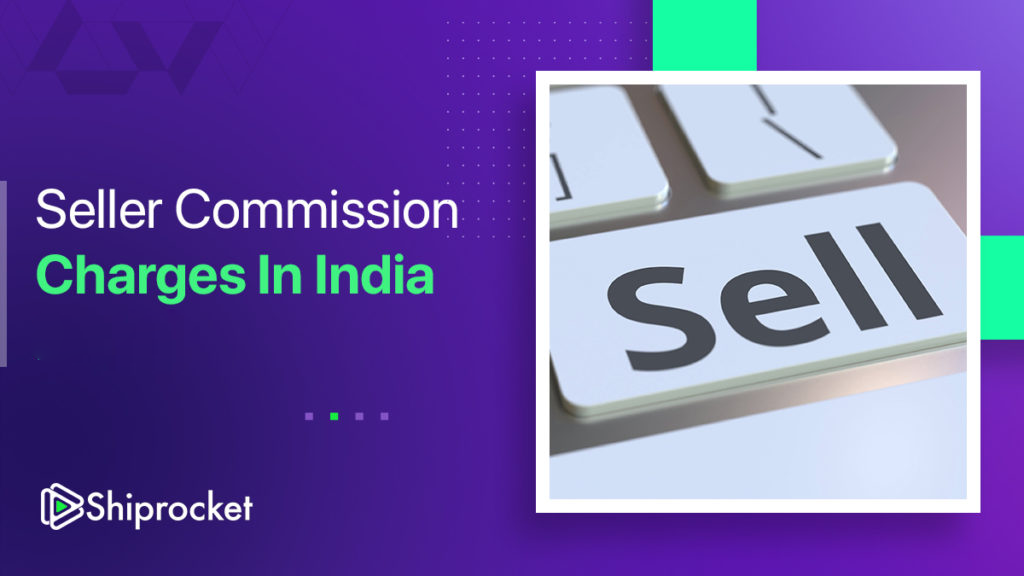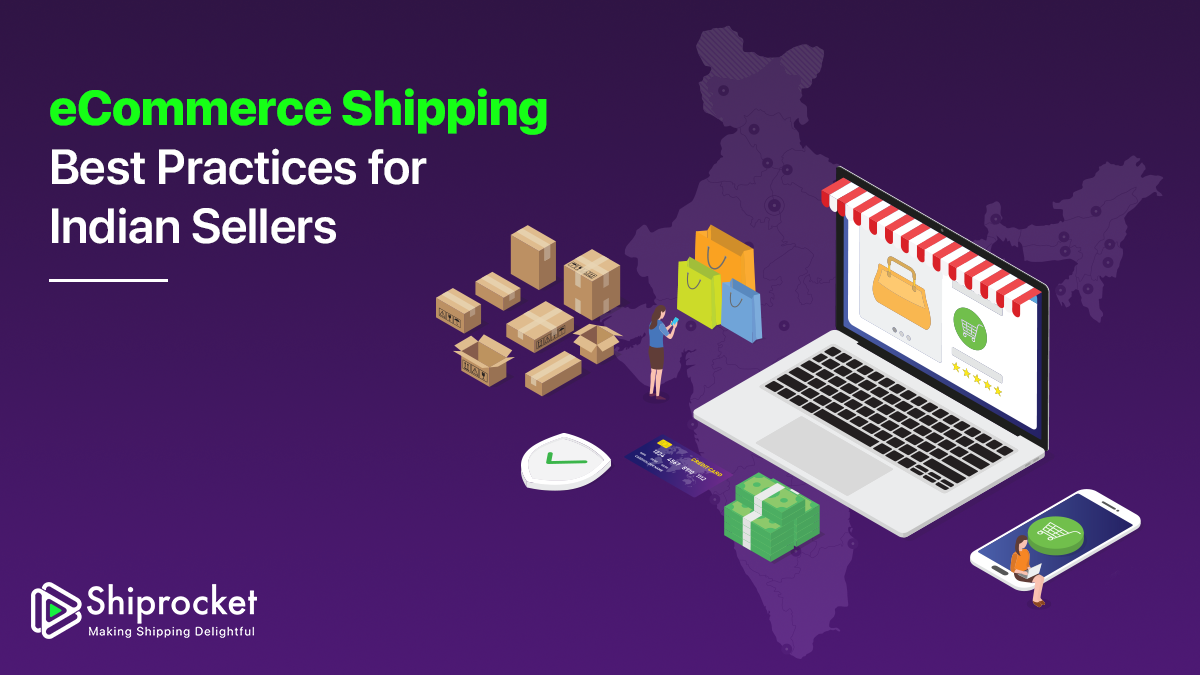It is often believed that a tracking pixel and cookie serve the same purposes, even though they are similar. In reality, however, they are different.
While the former collects data to track user behaviour to measure effective marketing campaigns, the latter collects data to enhance user experience on a website. This is the simple way to explain it.
However, it is important to know that these activities are geared towards sales or to optimise the website. This is because when the effectiveness of a marketing campaign is known, it is easy to optimise your website or do the necessary things.
So, in this blog post, we will be diving into tracking pixel vs cookie comparison. That is, we will understand the difference between these two by looking at their meanings, types, and benefits for brands/sellers.

What is Tracking Pixel?
A tracking pixel is a tiny transparent image (usually 1×1 pixel in size) that’s embedded in your web pages, emails, or advertisements. It collects information about your user’s behaviour and interaction, even though it’s virtually invisible to the naked eye.
Tracking pixels are designed to blend with the background colour of the page they appear on. This is so because your website users aren’t meant to notice them.
A tracking pixel can provide you, as the creator, with useful information about certain internet users and help online store advertisers assess the effectiveness of various strategies.
How Tracking Pixel Works?
Tracking pixels are embedded in web pages and emails. When loaded, these pixels send requests to your server for recording users’ information, including the actions users take on the page and even their IP address. It is important to note that there are processes to this, which are discussed below:
- The Role of HTML Code
How is pixel embedded into a website or email? That’s where HTML (HyperText Markup Language) comes into play. HTML is the standard language for creating web pages. A specific HTML code snippet is crafted to include the tracking pixel. This snippet is then inserted into the HTML of your webpage or email where the tracking is necessary.
- The Server Connection
The HTML code for the tracking pixel acts like a map guiding the web browser to your server where the pixel is stored. Think of the server as a library and the pixel as a specific book in the library. The HTML code tells the browser exactly where to find the book.
- The Browser’s Role
When a user visits a website or opens an email containing the tracking pixel, their web browser springs into action. Then, the browser reads the HTML code and follows the “map” to your server. Once it reaches the server, it requests to open the pixel.
- Data Collection
Immediately after the pixel is opened, your server starts recording your user’s activity in its log files. These log files are like detailed journals that keep track of all the user interactions. They can capture a wide range of data, including IP address, user-agent string, timestamp, referrer URL, etc.
Types of Tracking Pixels
- Retargeting Pixel: These pixels provide information to your website about where your users have previously been, which helps you target advertising more effectively. For example, if a user looks at a pair of glasses on your website but doesn’t buy them, a retargeting pixel can help display your ads for those glasses when they visit other websites.
- Conversion Pixel: These pixels are designed to track completed actions called a conversion on your website. This could be anything from signing up for a newsletter to making a purchase, etc. These pixels also help you assess the route by which the customer came to make a purchase.
- Email Tracking Pixels: These pixels are used to track actions like your opened emails, links clicked, etc. Once your email is opened, pixels send signals back to your server, providing data to analyse how effective your marketing strategy has been.
- Analytics Pixels: These pixels collect a wide range of data, including page views, time spent on your site, and visitor demographics.
- Social Media Pixels: These are pixels used to track how effectively your ads perform on social media handles like Facebook, Instagram, and Twitter, among many others.
Having explained the Tracking pixel, it’s time to look into cookies!
What are Cookies on the Internet?
Cookies are small files of information that serve purposes such as tracking user behaviour, to be able to provide personalised experiences on websites. So, if someone opens your website, their browser automatically sends a small piece of information to the web server hosting your website. Every time your website is accessed, a cookie is created and placed in a temporary folder on the visitor’s device. From here, cookies try to match their preference for what they want to read, see, or purchase.
In addition, some cookies are necessary for security purposes, such as authentication cookies.
What are Cookies Used for?
The main purpose of cookies is to make the internet experience seamless and personalised for your user. When your website already has some information about your user from their past visits, you can lead your website with their preference on your next visit. Here are some of the things cookies can do when your user visits your website:
- Track your user interactions with ads.
- Auto-fill their information in forms.
- Create a personalised user experience.
- Authenticate their identity.
- Prevent frauds.
- Make sure the session is easy.
Types of Cookies
- Session Cookies: A session cookie is only valid when the user is still on your website. Once they log out of their account on your website, the session cookies are deleted.
- Authentication Cookies: This cookie is generated when your user still engages in your website, and once they log out, their information is saved. So, if they want to log in again, it automatically logs them because their information has been saved on the web server hosting your website.
- Tracking Cookies: Tracking cookies are generated by tracking services. They record your activity, and browsers send this record to the associated tracking service the next time they load a website that uses that tracking service.
Benefits of Tracking Pixels and Cookies in Growing Your Business
- Improved Tracking and Analytics: Integrating pixels and cookies into your marketing campaigns will definitely improve how to track and analyse customer or user behaviour in real-time. With this, it becomes easy to optimise your website to your user’s taste.
- A Better Understanding of User Behaviour: This is one of the major benefits of tracking pixels and cookies. They give you a better understanding of how your user behaves in real-time.
- Increased Sales and Revenue: Once you can get how your user interacts with your website, especially for eCommerce sites, it makes you perform better based on their actions, and this can increase sales.
Impact of Tracking Pixels and Cookies on the Indian Market
Just like how tracking pixels and cookies hold significance in large markets like that of the US and UK, their impact can’t also be overlooked in the Indian market since it’s one of the world’s largest markets. Here are some ways they influence the Indian market:
- Improved Targeted Advertising
Both tracking pixels and cookies help to gather data on user behaviour. With these data gathered, it can help business owners in India to focus on the browsing behaviour and purchase history of the user, thereby improving customer experience and conversion rate of businesses in the Indian market.
- Growth of eCommerce
With tracking pixels and cookies, eCommerce business owners in the Indian market will understand customer preferences and buying patterns. These tools will help to gather all the data needed to select personalised product recommendations and ads, as well as to improve and enhance customer satisfaction.
- Multichannel Messaging
All data collected via tracking pixels and cookies can help with consistent messaging to customers across multiple channels such as social media, emails, websites, etc. This can impact the Indian market by increasing customer engagement.
Will They Have Any Impact on Indian D2C Brands?
Tracking pixels and cookies has the ability and potential to impact D2C brands in India by changing how products are marketed, perceived, and sold online.
In business, one of the most important things is how well you can keep your customers and keep them coming back for your products. By leveraging data produced by tracking pixels and cookies, D2C brands in India can analyse the data to implement retention strategies, such as personalised offers, engagement campaigns, etc., to retain customers and promote repeated patronage.
Conclusion
The above blog clearly states the differences between a tracking pixel and a cookie. While the former focuses on measuring the effectiveness of your marketing campaign, the latter focuses on the user experience on your website. However, both play an integral role in growing your business when integrated into your marketing campaigns.





